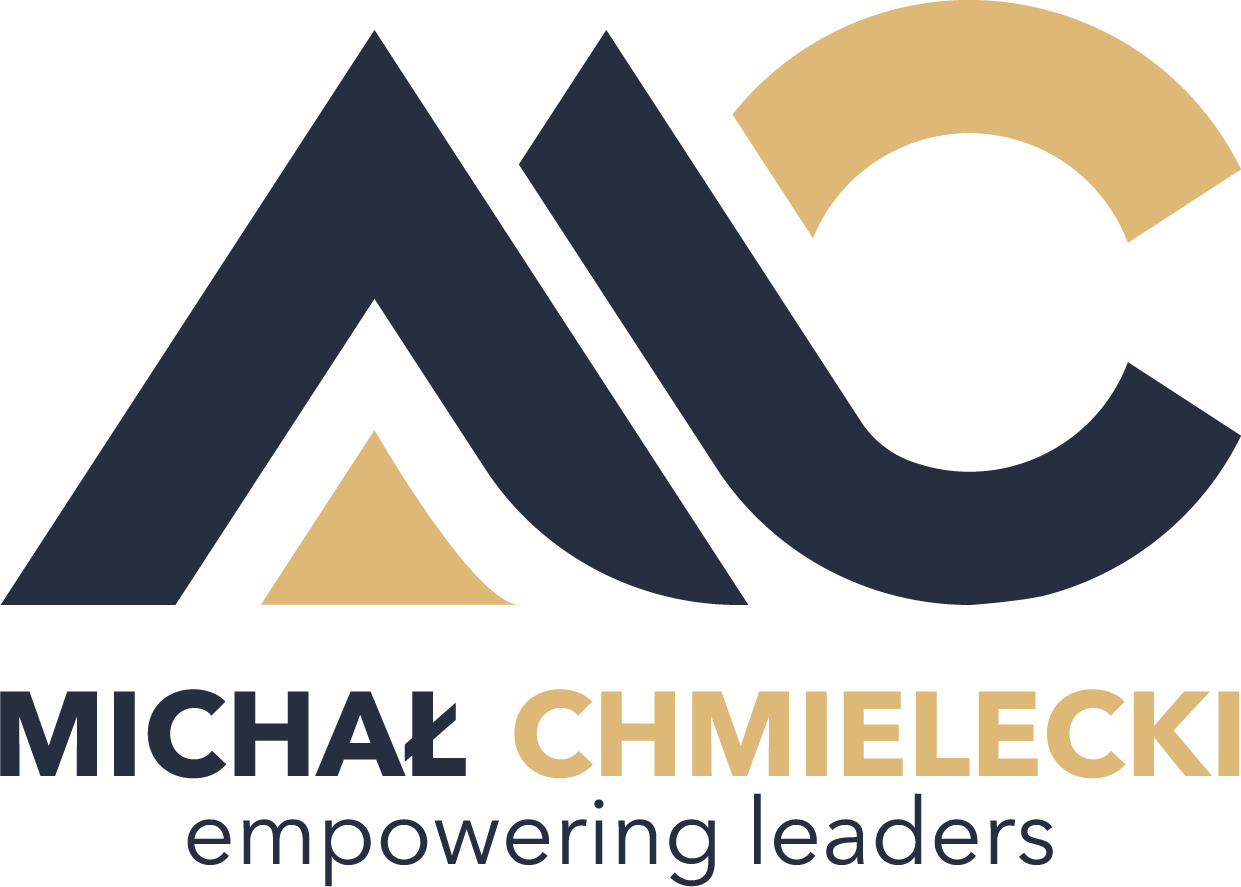What are rhetorical figures
Rhetorical figures, also known as schemes and tropes, are devices used in language to emphasize or strengthen an idea or argument. They are often used by writers and speakers to make their points more effectively, either through clever comparison or by using persuasive techniques such as repetition.
Examples of rhetorical figures include metaphor, simile, irony, and hyperbole. In this article, we will explore the different types of rhetorical figures and how they can be applied to writing for maximum effect.
Metaphor
A metaphor is a figure of speech that makes a comparison between two dissimilar objects or ideas without using the words “like” or “as.” Metaphors are often used to express complex concepts in an easily understandable way, such as when Shakespeare wrote, “All the world's a stage, and all the men and women are merely players.” In this metaphor, he was comparing life to a stage play, suggesting that everyone has their part to play in life just like they do on stage. Another example of how metaphors can be effective is found in Martin Luther King Jr.'s famous "I Have A Dream" speech, where he said, “Let freedom ring from every hill and molehill of Mississippi.” Here he was likening freedom to a bell ringing out over the hills and valleys of America, emphasizing its importance for African Americans.
Simile
A simile is similar to a metaphor but uses the words "like" or "as" to make direct comparisons between two dissimilar objects or ideas. For example, someone might say, "She sang like an angel," which compares her singing voice with that of an angel. Similes are usually less subtle than metaphors since they directly compare one thing with another; however, they can still be very powerful when used effectively. An example from literature is found in William Wordsworth's poem I Wandered Lonely As A Cloud, where he writes: "...a host of golden daffodils; / Beside the lake beneath the trees; / Fluttering and dancing in the breeze." This simile compares his experience watching daffodils sway with the wind blowing through leaves on trees nearby, creating vivid imagery for readers while also expressing his awe at nature's beauty.
Irony
Irony occurs when something happens contrary to what would normally be expected given certain circumstances, either intentionally (verbal irony) or unintentionally (situational irony). It can be used both humorously and seriously depending on context; for instance, someone might sarcastically say, “That sounds great!” after being asked if they want to do something unpleasant; this type of verbal irony implies disagreement without actually saying so directly. On other occasions, irony may occur naturally due to unexpected events happening despite the best intentions, such as when Mark Twain famously quipped, “The reports of my death have been greatly exaggerated." Here Twain was referring ironically not only to newspaper reports claiming falsely that he had died but also, more generally, to mortality itself since it seemed even death could not stop him from continuing his work!
Hyperbole
Hyperbole is an exaggeration intended for emphasis rather than accuracy; it involves making things appear bigger or better than reality by exaggerating certain details beyond what would normally be considered reasonable or realistic expectations. For instance, someone may say something like "This class has lasted forever!" while meaning it feels much longer than usual; here, hyperbole emphasizes how tedious their experience has been. Another example of hyperbole is found in the Bible when Jesus says, "If your right hand causes you to sin, cut it off and throw it away." Here he was not actually advocating self-mutilation but rather using this exaggeration to emphasize how serious a problem sin can be.
Conclusion
Rhetorical figures are powerful tools that writers and speakers can use to make their point more effectively or emphasize an idea or argument. The four main types of rhetorical figures explored in this article were metaphor, simile, irony, and hyperbole, each with its own unique purpose and application depending on context. By understanding these devices better, we can utilize them with greater precision for maximum effect!
Do you aspire to become an exceptional executive who drives meaningful change and achieves extraordinary results? Look no further than our transformative leadership coaching and executive coaching programs.
Unlock your leadership potential with tailored leadership coaching for engineers and technical experts. Develop the skills to lead with confidence, influence with purpose, and drive meaningful results in technical environments.
Contact us now to schedule a consultation with one of our experienced coaches. Let us help you embark on a journey towards becoming the extraordinary leader you were destined to be. Together, we can achieve greatness!
